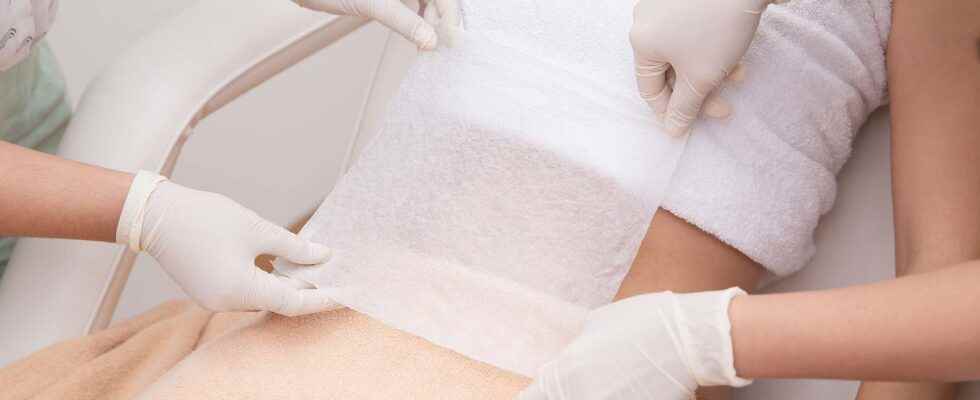Cryolipolysis, also called coolsculpting, falls into the category of aesthetic medicine practices. “Cryo” means by cold, and lipolysis means the degradation of lipids contained in adipocytes (fat cells). It is therefore a cold thinning method.
It is difficult to naturally burn fat in a localized way. Certain aesthetic medicine practices therefore make it possible to target areas that are in the way. In this area, we count the surgical interventions like the liposuction, and non-surgical methods, less invasive, such as cryolipolysis, more recent and born in 2008.
Cryolipolysis: a non-invasive procedure
Cryolipolysis sessions are not necessarily performed by a doctor and can be done in a center aesthetic. They consist in applying cold plates, probes or a suction cup (called cryode) to fatty areas, the temperature of which can vary between -3 and -12 ° C depending on the practitioner. Cryolipolysis is performed without anesthesia, injection or transcutaneous invasion.
Prolonged exposure to the cold (between 30 and 90 minutes per session) will bring in the fat cells in the process ofapoptosis (programmed cell death and without inflammation). The cell destroys itself and is eliminated by macrophages. In the case of adipocytes, the cell is not automatically renewed. Cryolipolysis therefore permanently eliminates the cells it targets.
The process is gradual and takes a few weeks to a few months before being visible: professionals speak of two months for the stomach, at four months for the thighs or saddlebags. Several sessions are necessary, between three and ten depending on the area and the practitioner.
Dangers of cryolipolysis
If cryolipolysis has at first all a miracle solution to quickly get rid of stubborn complexes that the sport is not enough to make people leave, it also has its share of constraints. The treated area must necessarily have a bead for the practice of cryolipolysis, but the person must not be very overweight. The intervention is also contraindicated in pregnant women, and people with hernias or pathologies related to cold like Raynaud’s disease.
The effects of cryolipolysis are also limited in time according to some experts, especially if they are not associated with a change in diet. Last but not least, cryolipolysis could present important risk for the health.
Asked by France Info, the dermatologist Laurence Netter reported dramatic cases, in which some patients had to resort to transplants. While cryolipolysis is believed to trigger cell apoptosis, some patients have suffered from fat necrosis. Necrosis is the accidental death of cells, with inflammation of the tissue, usually in response to assault or trauma exogenous. As opposed to apoptosis which is controlled and targeted, necrosis is linked to more harmful effects on the affected tissue.
The lack of supervision and regulation around the practice of cryolipolysis encourages vigilance. In 2018, the High Authority of Health warned of its dangers in a report: ” The practice of acts of cryolipolysis presents a suspicion of serious danger to human health. “
You will also be interested
Interested in what you just read?
.
fs7
